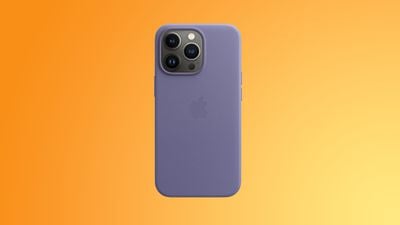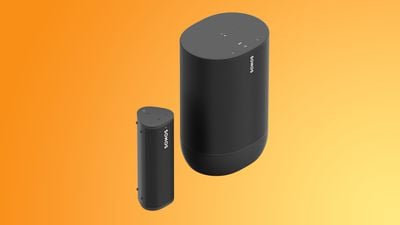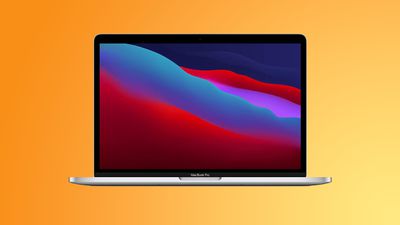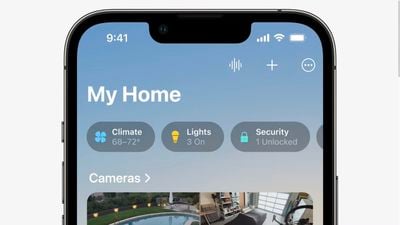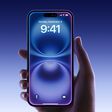Prior to the launch of new iPhone models, case makers often create dummy models based on leaked schematics and specifications. We've known about the design of the iPhone 14 lineup for some time now, and this week, we got a set of dummy units to see the design updates for ourselves.
Because there's a lot of money in having a case ready for a new iPhone ahead of launch, dummy models are often quite accurate, so these fake iPhone 14 devices give us a clear picture of what we can expect to see.

Design wise, the iPhone 14 models are going to look a lot like the iPhone 13 models, but with a notable exception - there's not going to be an iPhone 14 mini. Instead, Apple is making two 6.1-inch iPhones (iPhone 14 and iPhone 14 Pro), along with two 6.7-inch iPhones (iPhone 14 Max and iPhone 14 Pro Max).

For the Pro models, the notch is going to be replaced with hole and pill-shaped cutouts for the camera and the Face ID equipment. The hole and pill design is not much different from a notch, but it will free up some space and make the front cameras less obtrusive. Standard iPhone 14 models will continue to have a notch.
We know there are some minor changes to the sizes of the devices, but when comparing a dummy unit to the iPhone 13 lineup in person, it's difficult to tell. There are tiny changes to the screen sizes of the iPhone 14 Pro models, but in day to day use, you're not going to notice.

Camera bumps are going to be a bit thicker and wider on the Pro models to accommodate the 48-megapixel camera that Apple is adding. Standard iPhone 14 models will not see many design changes.
Weight, material, and color are factors we can't deduce from dummy models, but rumors suggest the iPhone 14 models will have the same build as the prior-generation versions, though we could see a new featured purple color for both the standard and the Pro models.

Apple's iPhone 14 and iPhone 14 Pro models will have more differences than ever before, with the Pro models expected to adopt an A16 chip while Apple continues to use an A15 chip in the standard models. The iPhone 14 Pro models will also have more advanced camera systems, ProMotion displays that will likely support an always-on display feature, and more.
What do you think about Apple's plans for the iPhone 14 lineup? Let us know in the comments below.




 Note: MacRumors is an affiliate partner with Amazon. When you click a link and make a purchase, we may receive a small payment, which helps us keep the site running.
Note: MacRumors is an affiliate partner with Amazon. When you click a link and make a purchase, we may receive a small payment, which helps us keep the site running. Concept render based on
Concept render based on 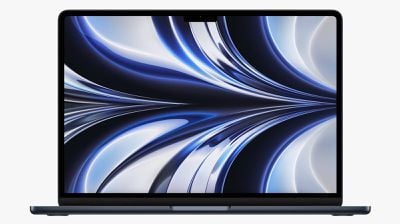


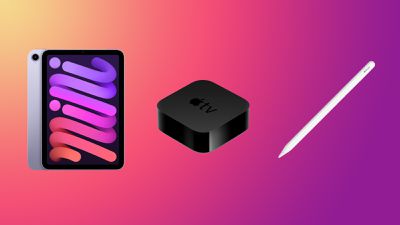

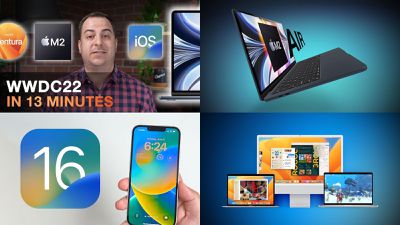
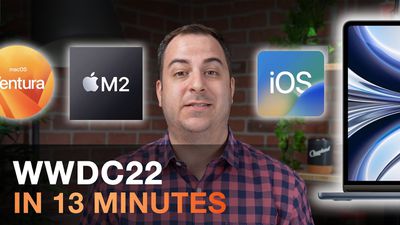
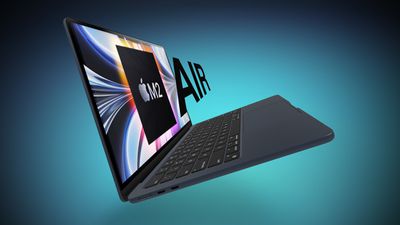
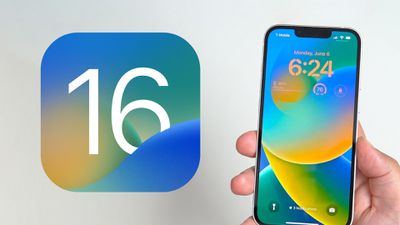
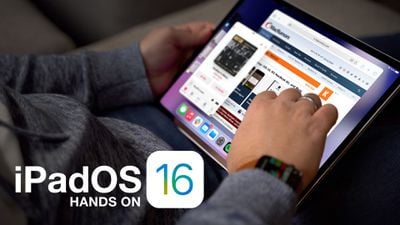
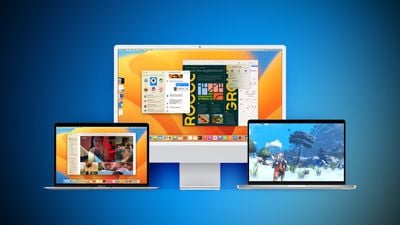
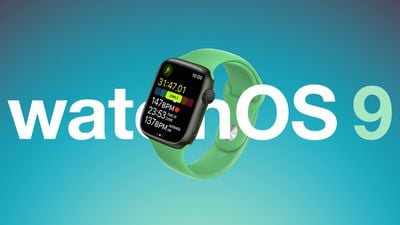
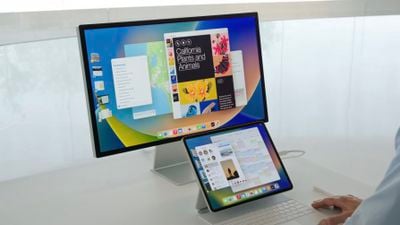
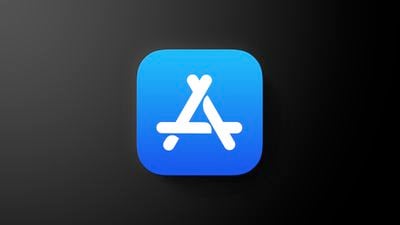
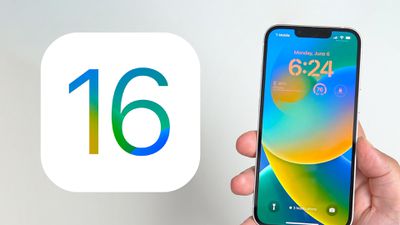

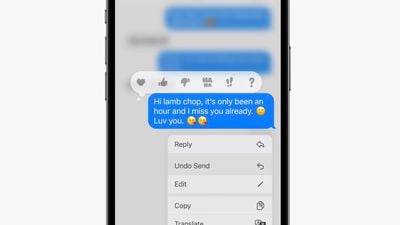

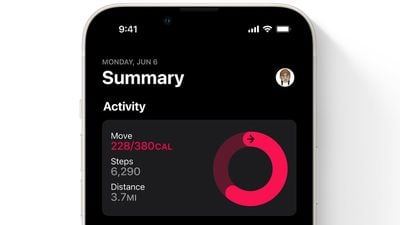
 Note: MacRumors is an affiliate partner with some of these vendors. When you click a link and make a purchase, we may receive a small payment, which helps us keep the site running.
Note: MacRumors is an affiliate partner with some of these vendors. When you click a link and make a purchase, we may receive a small payment, which helps us keep the site running.